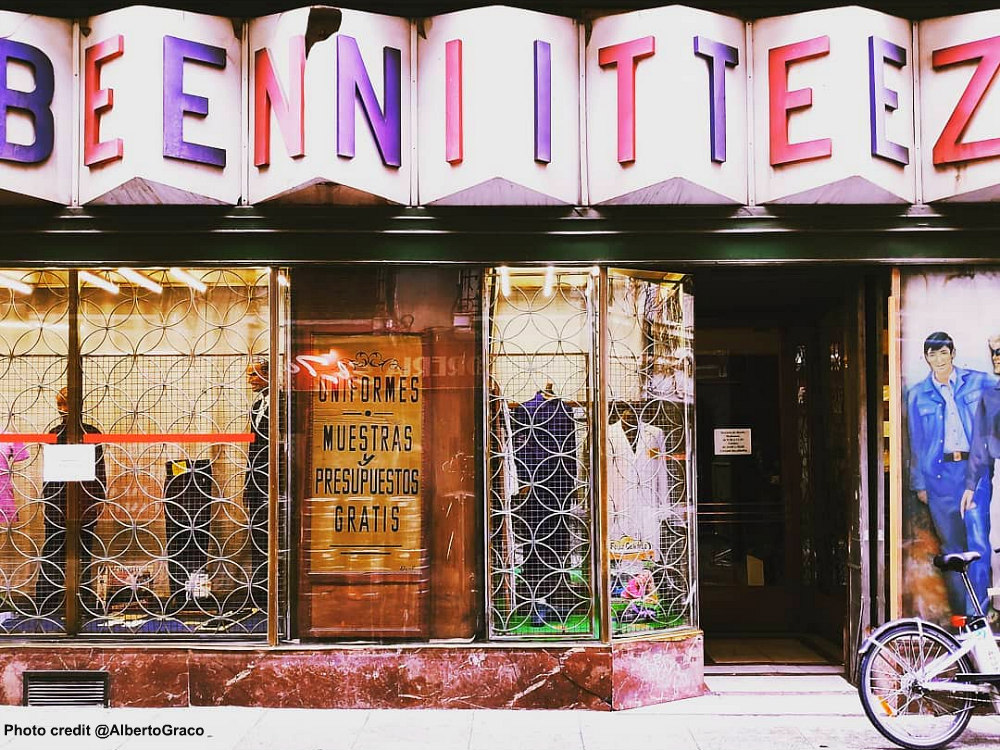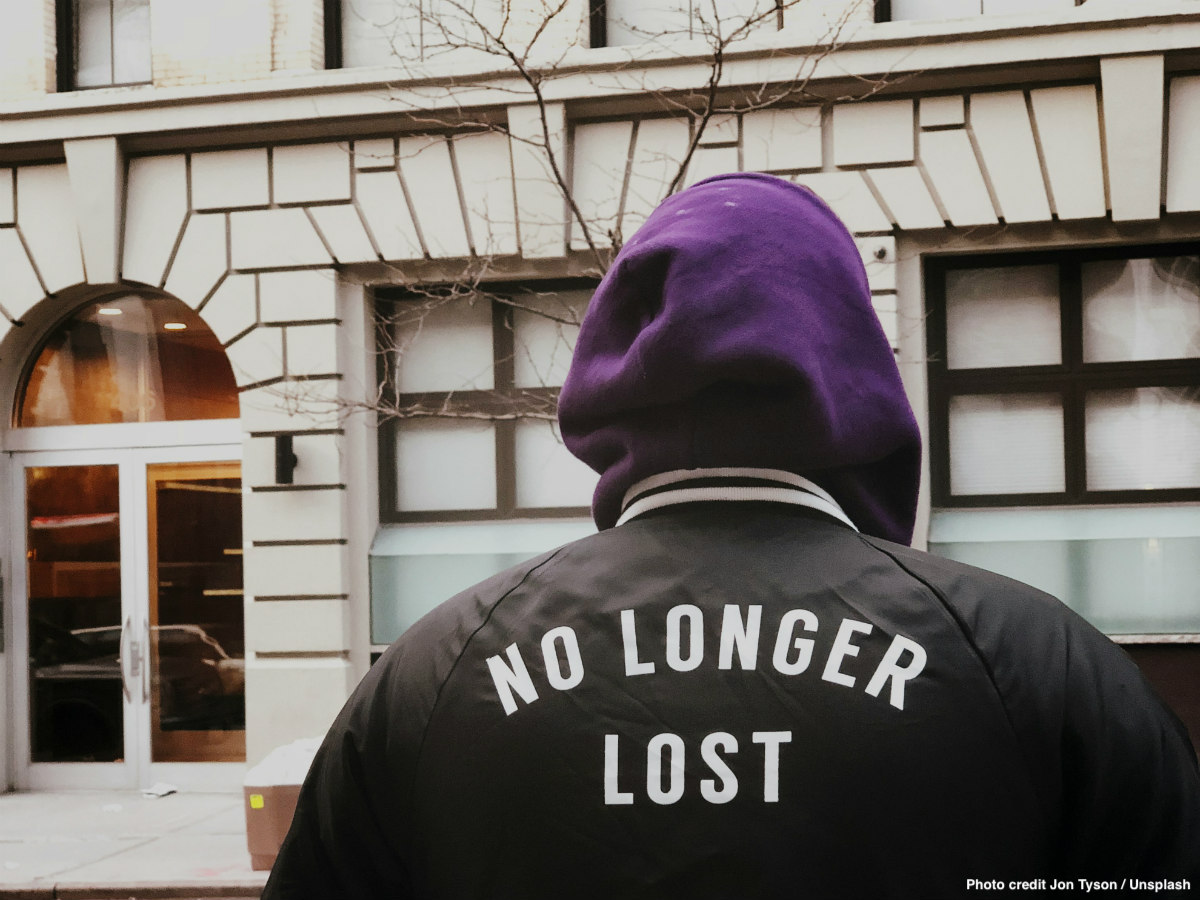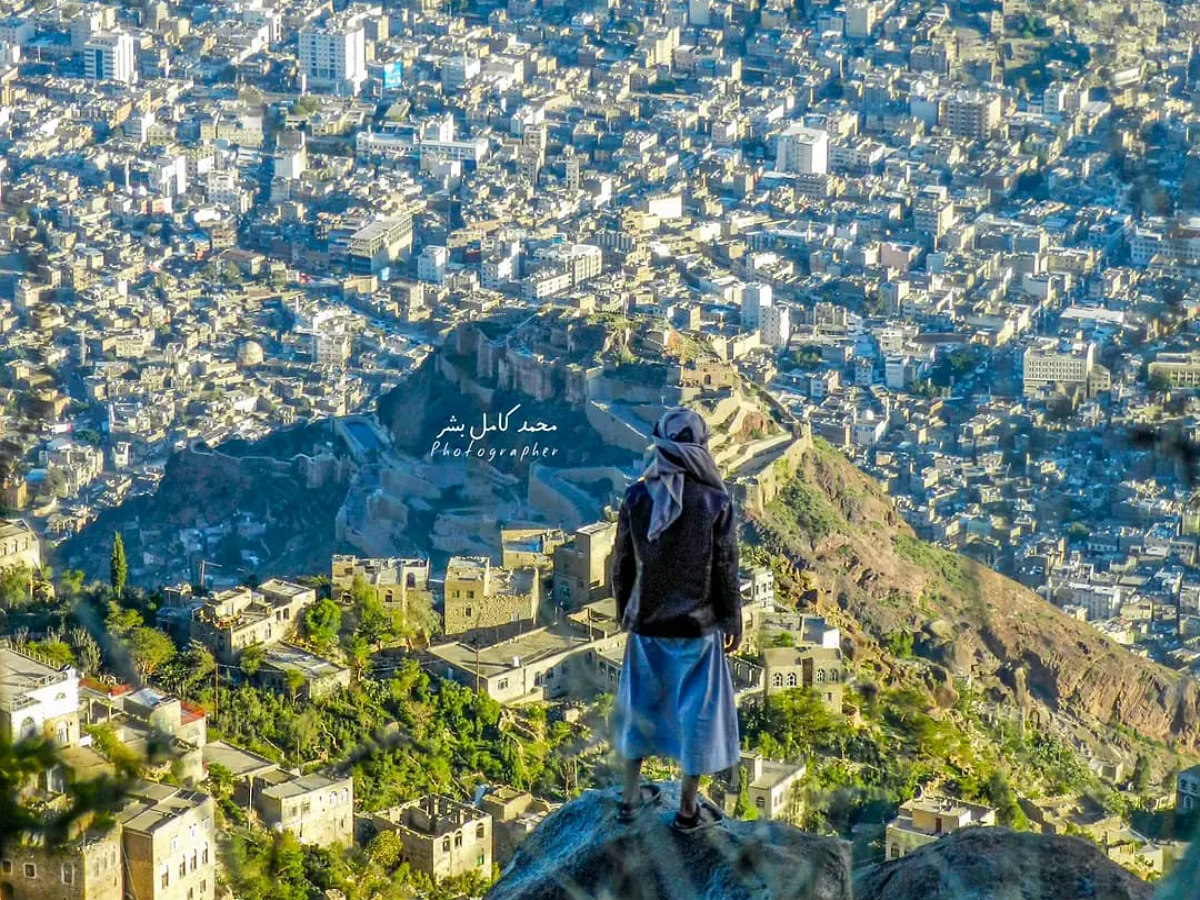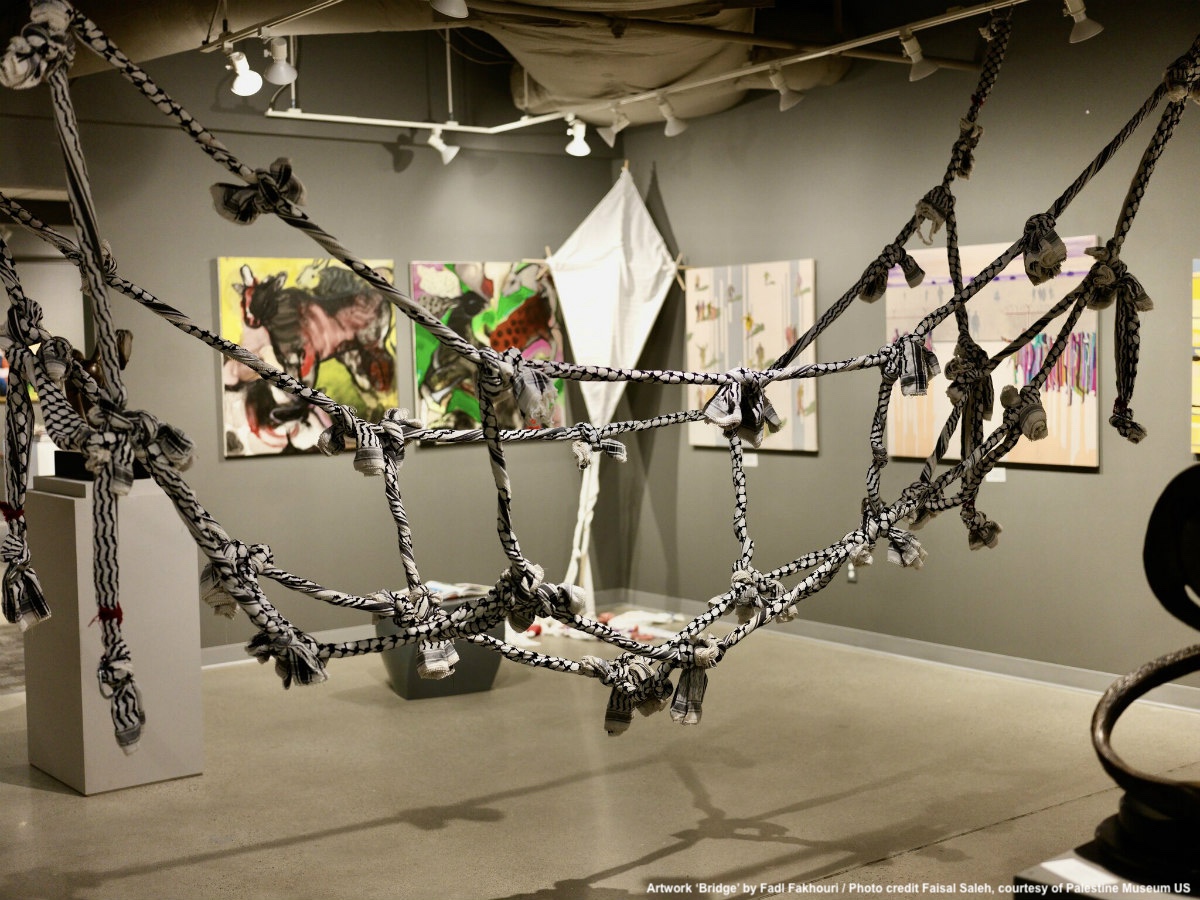‘Madrid would not be Madrid without its commercial signs: ugly, gloomy, cheap, elegant, unintelligible, beautiful, old, funny. Each one, as well as the vanishing shops and storefronts in cities which they have advertised, has made the city a rich place in living stories and anecdotes. We are not willing to lose them for good’, says Paco Graco.
But who is Paco? Is he another citizen longing for the past, incapable to move forward to the future? Where a mom-and-pop store closes, a new one comes to life, keeping the local flavour and character of the neighbourhood. But even in this optimistic scenario, have you ever wondered about the little-known stories behind the signs, and about their gradual disappearance?
Paco, as everyone called him, was, among many other things, a sign-maker by profession. For decades he manufactured some signs for shops in the city of Madrid in his workshop. But he could have been also the owner of a bar, which opened 50 years ago and has witnessed decades of economic downturns, social unrest, helping to weave the social fabric of his neighborhood.
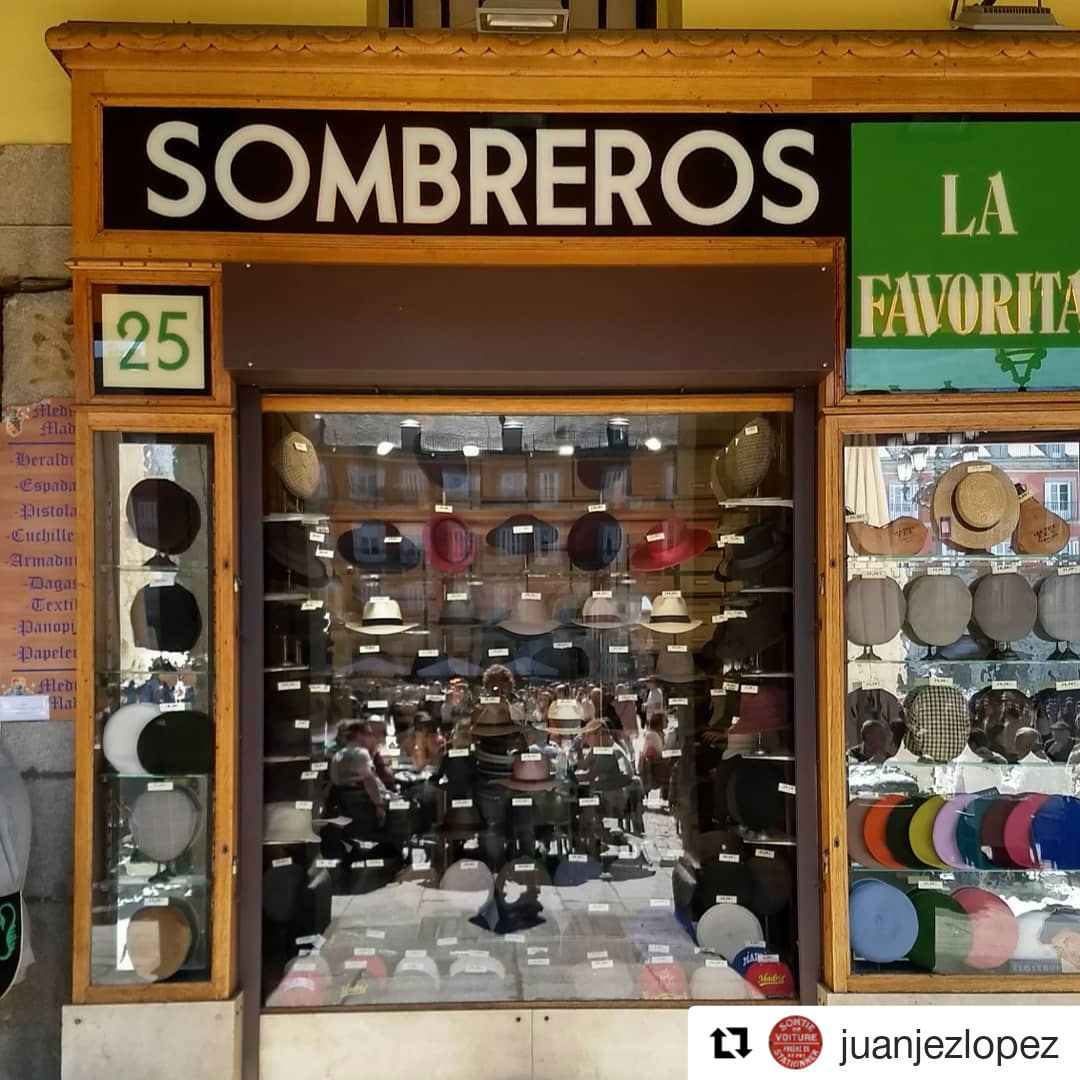
In the complexity of the city, these hidden stories behind the small-scale shops uphold the romantic idea that an urban community or neighbourhood is an emotional ecosystem. And their storefronts and idiosyncratic visual imprints are tangible elements which precisely express the vivid voices of that ecosystem.
Madrid’s comercial signs are now a fading part of the cityscape
PACO GRACO in Madrid is one of the grassroots initiatives to safeguard and protect commercial Graphic Heritage in the city. In recent years commercial signs have been massively dismantled and demolished due to the vanishing of local shops and storefronts in Spanish cities.
‘In Madrid we have lost five centenary stores already, even before the pandemic, and with them a large part of the commercial signs. When those signs are thrown out, the memory of our city is thrown away. Rather than Graphic Heritage we tend to call it Common Heritage, built up by the actions of so many citizens, their private stories’, explains Alberto Nanclares, founder of the well-known organization Basurama, but also one of the co-founders of PACO GRACO together with the association Zuloark.
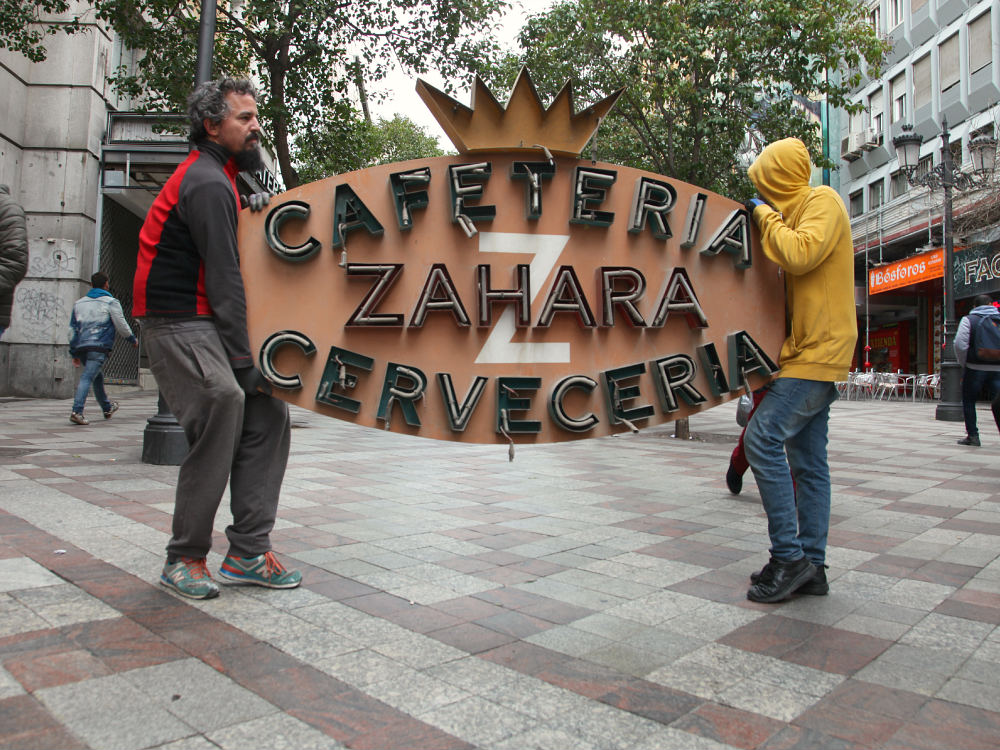
Similarly many other local grassroots movements around Spanish cities are collecting signs and documenting living stories of small businesses for the same purpose. They form a dense surveillance network of neighbours, capable of spontaneously mobilizing citizens to rescue a commercial sign which they detect is being dismantled. In Lisboa Letreiro Galeria has already rescued more than 250 pieces. Their goal is to make a museum with all the signs for everyone to enjoy the graphic memory which otherwise would disappear.
Commercial signs are invisible elements, which become visible when they disappear, claims Federico Barrera, an historian who leads the movement in his hometown Santander, Spain.
Since February 2020, all grassroot movements have joined efforts to raise awareness of the importance of cities’ comercial signs. They have founded the “Iberian Network in Defense of Graphic Heritage”.
‘The powerful thing about commercial signs is that they showcase the diversity of a city. At the same time, this mixture of different voices collides with the idea of a clean and uniform city. Colourful individual designs portrait a chaotic cityscape, which some city administrations find difficult to cope with’, explains Nanclares.
In 2007 the city of São Paulo, Brazil, banned outdoor advertising following the enforcement of the law “Lei Cidade Limpa” (Portuguese for Clean City Law). Billboards were taken down and ironically the campaign had large support from the public.
At that time the city’s mayor, Gilberto Kassab claimed that “The Clean City Law came from a necessity to combat pollution … pollution of water, sound, air, and the visual. We decided that we should start combating pollution with the most conspicuous sector – visual pollution”.
But they pay a bigger price. The city became silent, says Nanclares.
‘By rescuing the signs in cities we don’t aim at freezing the city and hampering its dynamism. On the contrary, our endeavour is to keep its diversity by raising awareness of the immaterial value of mom-and-pop shops and bars in neighbourhoods. Their signs are just the witness, in their many forms and designs, of our collective memory, of the non-written micro-history of the city’.
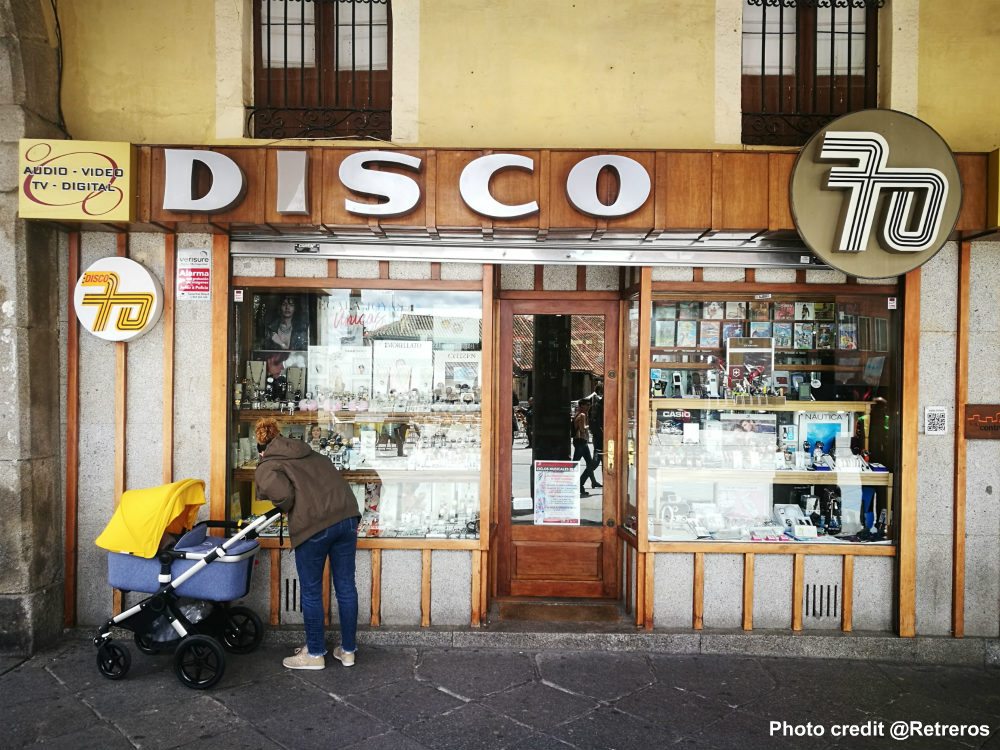
‘A commercial sign is the thread to pull to recall the social and economic memory of a particular neighbourhood. We support local commerce because it creates social networks and is the economic axis of the street’, explains Barrera. ‘In Santander, at the end of the 19th century, there was an explosion that blew away an important part of the port. In 1941 a fire destroyed downtown. These were two catastrophes in a very short time period with significant social implications for the city. Many businesses had to change their locations to survive, first in barracks, and then the neighbours came to the rescue allowing business owners to establish them in the hallways of their buildings. By keeping the commerce in their streets alive, the city revived again’.
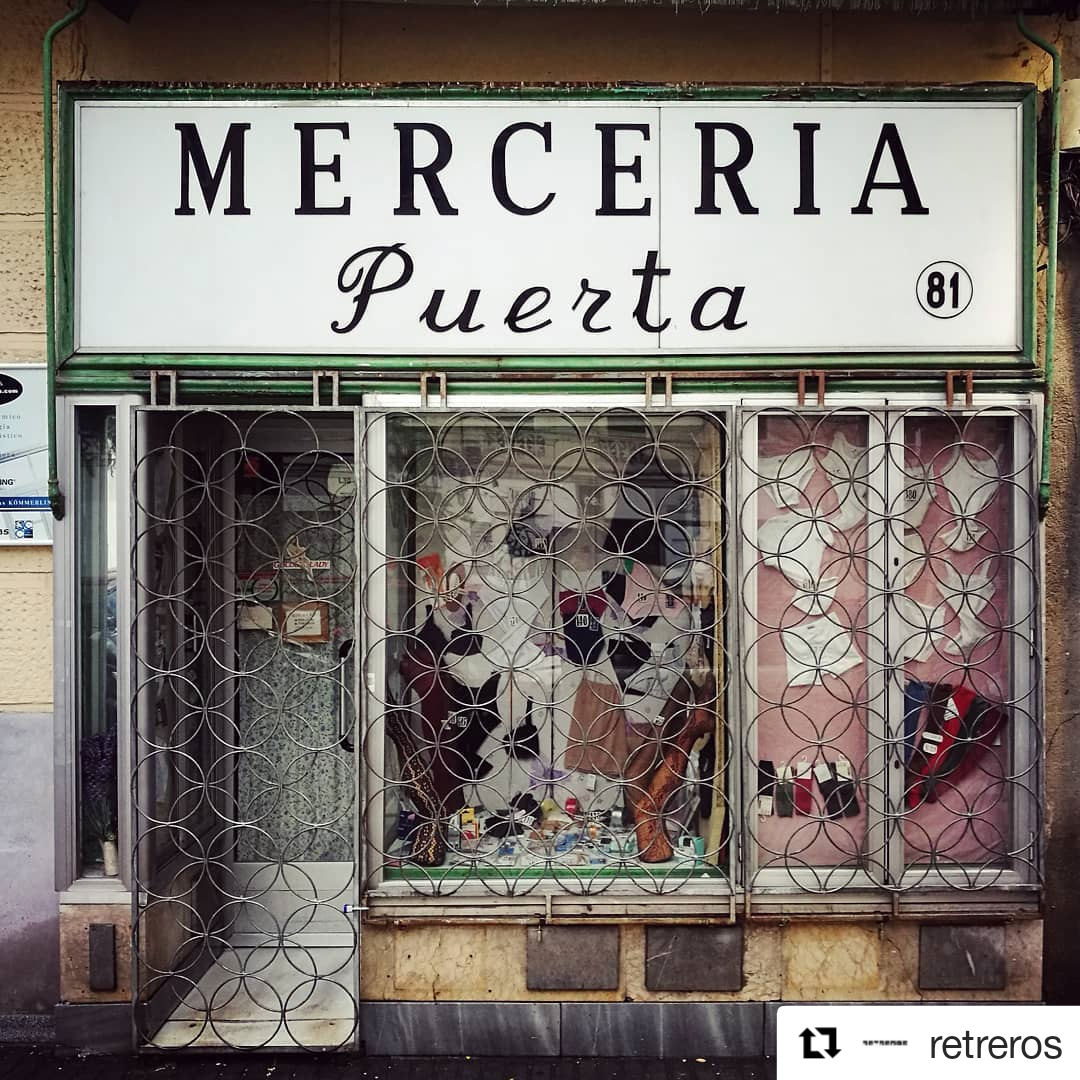
‘If a small business closes, and a big chain moves in, we are doomed to see the same signs and architecture over and over again. We lose commercial, urban and street diversity. When there are only franchises left, no one will believe that once there were family businesses, specialized shops, artisanal stores, and all kinds of basic necessities on our streets. Our cities’ Grahip Heritage will remind us of that time’, explains Nanclares.
The disappearing face of cities’ colourful history
The hypergentrification and the disappearance of local businesses is a global pandemic in cities around the world and so neighbourhoods are becoming species in extinction. Covid-19 has ‘only’ exacerbated a rampant trend. An East Village blogger, who goes by the pseudonym of Jeremiah Moss, has been writing Vanishing New York, chronicling the demise of beloved spots and ‘how a great city lost its soul’.
He also supports the movement #SaveNYC, a grassroots, crowd-sourced DIY movement to raise awareness and take action in protecting and preserving the diversity and uniqueness of the urban fabric in New York City.
In the early 2000s, photographers James and Karla Murray already began a project to capture New York City’s iconic storefronts and cataloguing the city’s neon signs before they disappeared.
Since the beginning of the pandemic sad news about the closure of small businesses are all over the place, even iconic places that had lasted for generations in cities. These closures create a pandemic trauma because we might have been part of them in one way or another.
But, we shouldn’t blame the pandemic, eventually some of these businesses were already on the verge of extinction and they wouldn’t have been able to survive anyway, maybe because their business was outdated or they failed to develop robust online commerce that might have helped them survive when the tough times come. It is fine, we should let these businesses go. But should we let them disappear without any record? Shouldn’t we keep the signs as some part of our heritage and celebrate it?
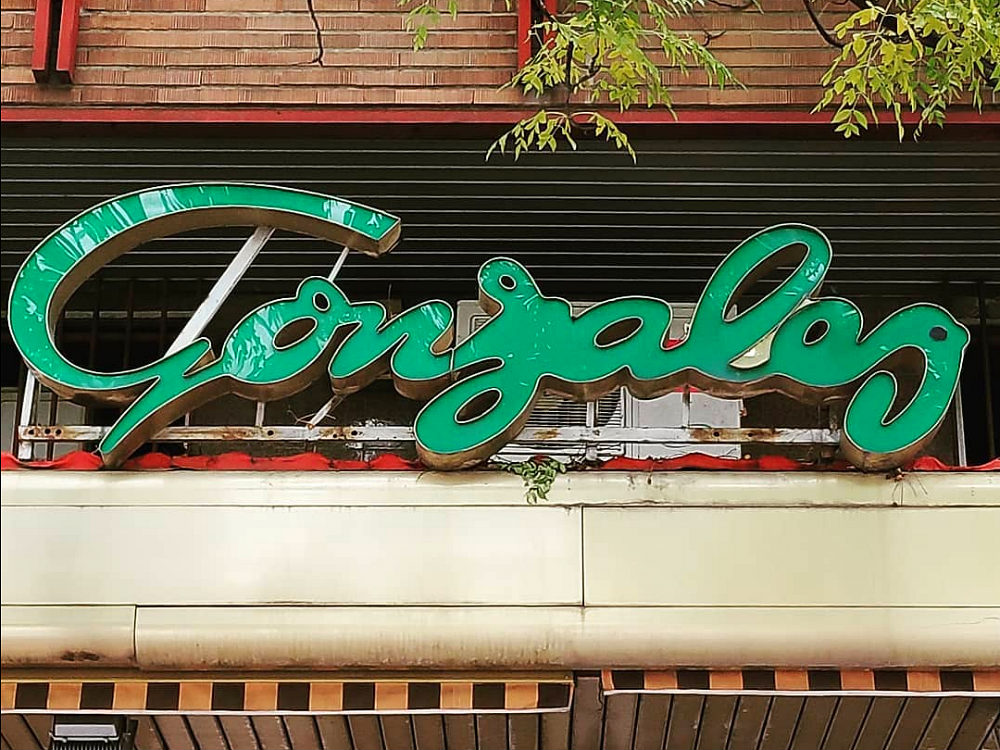
‘Ironically some store owners don’t really care about their business commercial signs, in fact, they think they are worthless, but what they dont’t realise is that they matter to the neighbours, proven by the several citizen movements and endless Instagram accounts documenting them. This is the idea of a Common Cultural Heritage, it is built and catalogued ‘bottom-up’, explains Nanclares.
Cultural preservation is becoming an urgent concern of urban residents worried about the loss of their cities’ cultural identity, history, and heritage. Quite often, when it comes to heritage, city administrations put their focus on city tourism, rather than the right of individuals and communities to know, understand, maintain and develop cultural heritage and cultural expressions’, as recognized in Article 5 of the 2001 UNESCO Declaration on Cultural Diversity.
The developers in cities say they will save the signs – this history – but when the business moves, quite often the only way is to tear it down and start over.
Graphic Heritage is the consciousness of the city. Small stores, bars and restaurants and our living stories in those places leave behind a major impact on the economic and cultural development of cities. Rescuing commercial signs with their unique and precious aesthetics is the least we could do.
